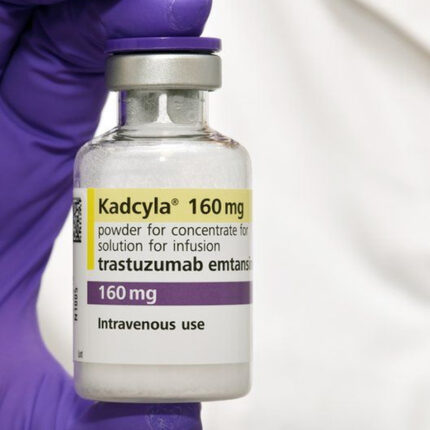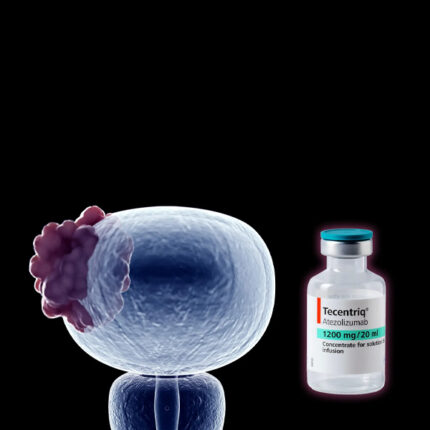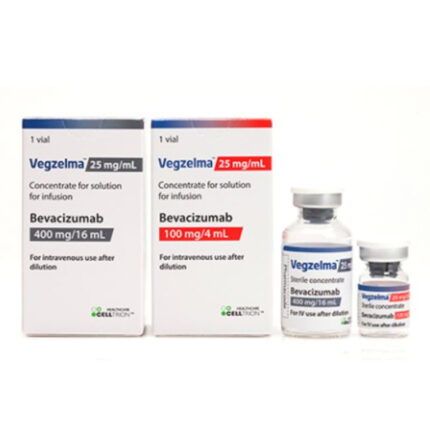How does Darzalex (daratumumab) work?
Multiple myeloma is a form of blood cancer that occurs in infection-fighting plasma cells (a type of white blood cell) found in the bone marrow. These cancerous cells multiply, producing an abnormal protein and pushing out other healthy blood cells from the bone marrow.
Daratumumab is a monoclonal antibody that works by helping certain cells in the immune system attack these cancer cells. One of the antigens expressed on the surface of multiple myeloma cells is called CD38. Anti-CD38 antibodies, like daratumumab, target multiple myeloma cells by binding to the CD38 antigen and then signaling the patient’s immune system to attack the tumour.
Where has Darzalex (daratumumab) been approved?
Darzalex (daratumumab) was approved for multiple myeloma by:
- Food and Drug Administration (FDA), USA:
- May 7, 2018, as first-line therapy in combination with bortezomib, melphalan, and prednisone.
- November 21, 2016, as second-line therapy in combination with lenalidomide and dexamethasone, or bortezomib and dexamethasone.
- June 16, 2017, as third-line therapy in combination with pomalidomide and dexamethasone.
- November 16, 2015, as fourth-line therapy.
- EMA (EU) on May 20, 2016.
- Health Canada on June 29, 2016.
- TGA (AUS) on July 17, 2017
- Medsafe on November 20, 2017.
How is Darzalex (daratumumab) taken?
The recommended dose is 16 mg/kg body weight according to the following schedule.
As monotherapy and in combination with lenalidomide and low-dose dexamethasone:
-
weekly infusions for week 1–8 (total of 8 infusions)
-
from week 9–24 every 2 weeks (total of 8 infusions)
-
from week 25 onwards until disease progression every four weeks.
In combination with bortezomib and dexamethasone:
-
weekly infusions for week 1–9 (total of 9 infusions)
-
from week 10–24 every 3 weeks (total of 5 infusions)
-
from week 25 onwards until disease progression every four weeks.
In combination with bortezomib, melphalan, and prednisone (6-week cycle regimen):
-
weekly infusions for week 1–6 (total of 6 infusions)
-
from week 7–54 every 3 weeks (total of 16 infusions)
-
from week 55 onwards until disease progression every four weeks
Complete information about daratumumab dosage and administration can be found in the resources section.
Note: Consult your treating doctor for personalised dosing.
Are there any known adverse reactions or side effects of Darzalex (daratumumab)?
Common adverse reactions
The most common side effects adverse reactions (incidence ≥20%) listed in the prescribing information include1:
- infusion reactions
- neutropenia (low white blood cells count)
- thrombocytopenia (low blood platelet count)
- fatigue (tiredness)
- nausea (feeling sick)
- diarrhea
- vomiting
- muscle spasms
- back pain
- pyrexia (fever)
- cough
- dyspnea (Shortness of breath)
- dizziness (feeling of being lightheaded, woozy, or unbalanced)
- insomnia
- peripheral edema (accumulation of fluids in the limbs)
- peripheral sensory neuropathy
- upper respiratory tract infection.
Serious adverse reactions
The serious adverse reactions listed in the prescribing information include:
- infusion reactions
- neutropenia
- thrombocytopenia.





















Reviews
There are no reviews yet.